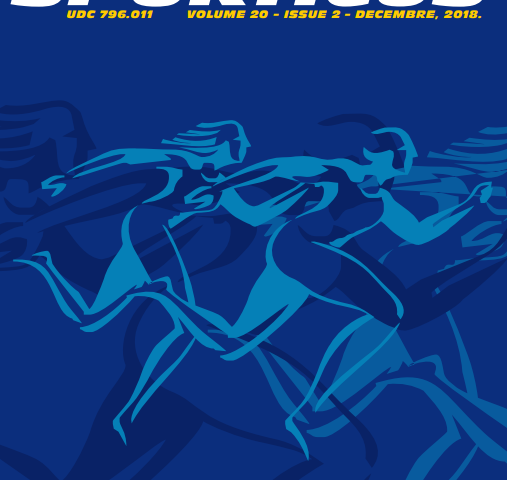Abstract
The evaluation of muscle characteristics in an isometric regime of exertion is a widely applicable and highly practical method for testing athletes. In these types of tests the examinees act with muscle force against an immovable support which is connected to a measuring probe (converter), strain gauge, force platform or similar device which measures manifested force. In order to show the importance of measuring the muscular characteristics of leg extensors’ under isometric conditions in the sports preparation system, the methods of analysis and synthesis of the results of previous research, primary and secondary sources have been used. Considering the fact that every substance in nature, and therefore in the system of an athlete, is physical and has a certain structure and form, properties, the ability to coordinate with other objects and fields and the ability to change as a result of the aforementioned factors, the results of previous studies cannot be observed separately, but as a whole. On a general level, by measuring, assessing and analyzing muscle characteristics in an isometric regime of exertion, it is possible to establish a system for the purpose of diagnostics, in the function of training recommendations and prognostics.
Keywords: measuring, leg extensors’, athletes, training process


